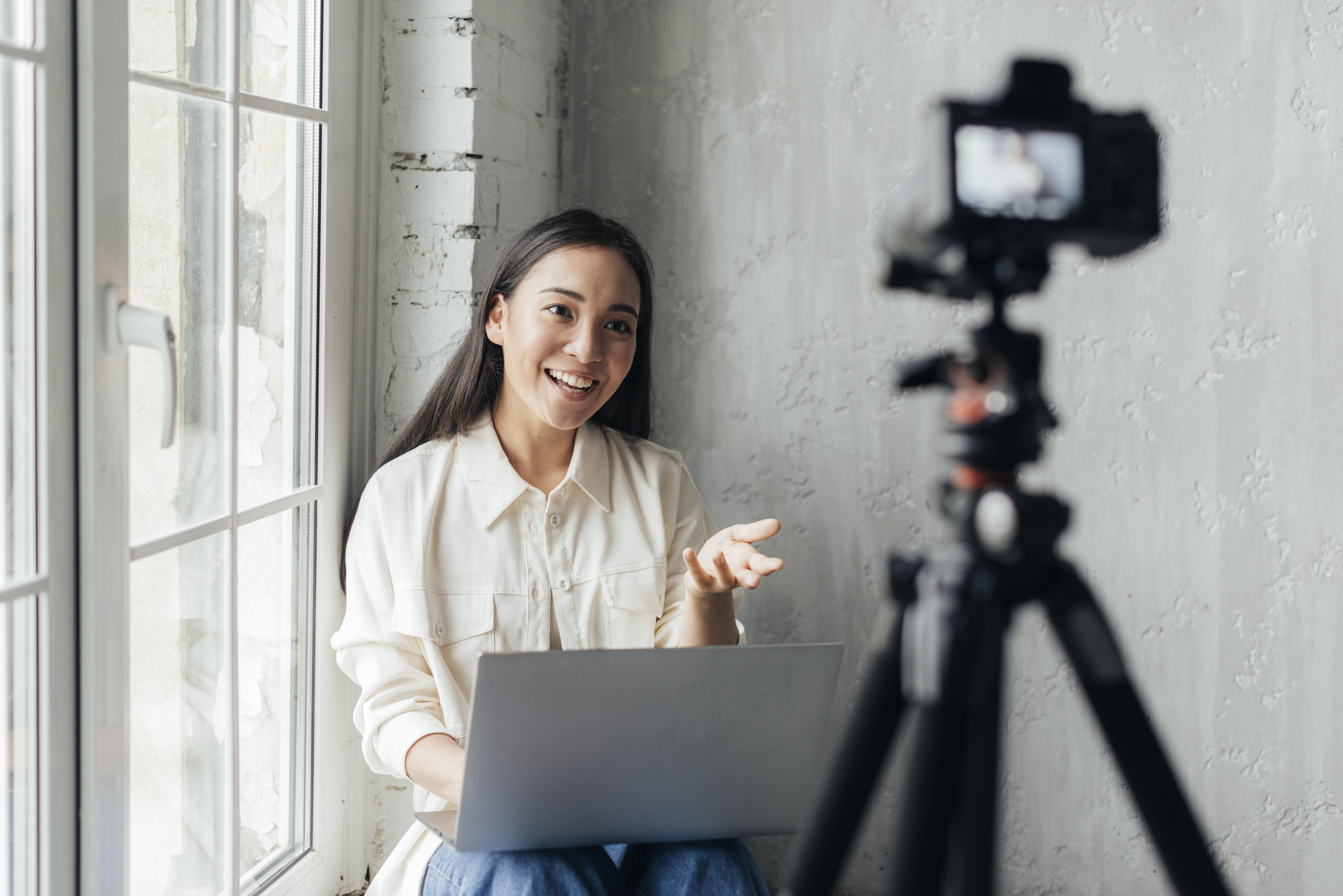With the advancement of technology, various aspects of business and daily life have evolved, including how we sign documents. Two technologies commonly encountered in this context are "digital signatures" and "e-sign" or electronic signatures. Although these terms are often used interchangeably, they have fundamental differences.
- Definition:
Digital Signature: This is a form of electronic signature but with a higher level of security. Digital signatures employ cryptography to secure data and ensure that the signed data has not been illicitly altered post-signature.
E-Sign (Electronic Signature): This is a digital representation of someone's signature on a document. E-sign can be an image of a signature, a typed name, or a checkmark in a box.
- Security and Authentication:
Digital Signature: Uses cryptographic technology to provide two-way authentication. This ensures that the signature originates from the right party and the document remains unchanged post-signature.
E-Sign: While some e-sign platforms offer advanced security features, e-signs, in essence, do not encrypt the document or signature. Its security is contingent on the platform in use.
- Legal Application:
Digital Signature: Due to its tighter security, digital signatures are often considered to hold stronger legal weight in certain jurisdictions, especially for official documents like contracts.
E-Sign: Most countries recognize the legal validity of electronic signatures; however, there might be specific limitations or additional requirements to be met.
- Usage:
Digital Signature: Often used in transactions requiring high levels of security and authentication, such as government documents, legal contracts, or financial transactions.
E-Sign: More commonly used for everyday transactions or documents not requiring strict validation, like approving designs, online registrations, or basic consents.
- Technology:
Digital Signature: Requires a digital certificate issued by a recognized certification authority to verify the identity of the signing party.
E-Sign: This doesn't always require a digital certificate and can be as simple as an uploaded signature or a typed name.
Although both digital signatures and e-signs are forms of signatures in the digital age, they have inherent differences in terms of technology, security, and legal application. When choosing the right method for your needs, it's vital to consider the type of document, the required security level, and relevant legal requirements.
Digital signatures simplify the process and offer numerous additional benefits in terms of security, regulation, and efficiency. Why wait? Click here to try VIDA Sign.

.png)


